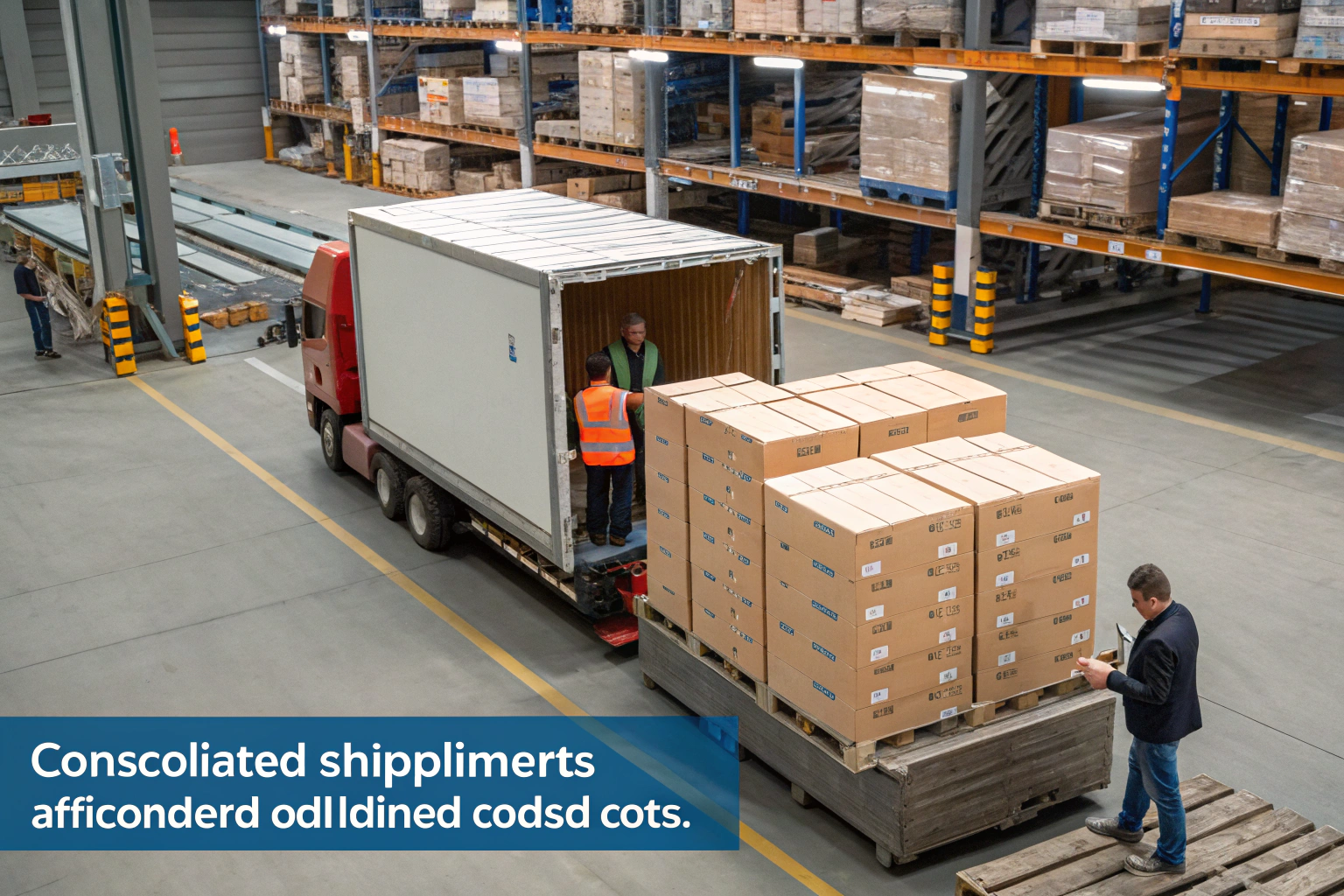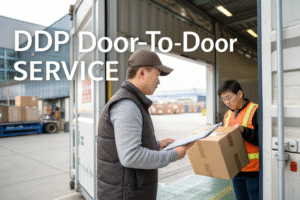Shipping from China to the U.S. doesn’t have to be expensive or inefficient—especially if you’re dealing with multiple suppliers or partial orders. Many of our clients, like Ron, struggle with high freight rates or delivery delays due to scattered shipments.
Consolidated shipments help businesses reduce costs, improve efficiency, and minimize customs headaches by combining goods from different suppliers into one organized delivery.
As a freight forwarder with long-standing ties to major Asian ports, I’ve helped clients cut shipping costs by up to 40% through smart consolidation strategies. Let’s dive into the key benefits.
How Does Shipment Consolidation Save on Freight Costs?
One of the biggest advantages of consolidation is reducing the cost per unit. Shipping five small cartons separately is far more expensive than combining them into one larger pallet.
By consolidating multiple LCL shipments into a single FCL container or large pallet, businesses significantly cut down on per-cubic-meter charges and port fees.
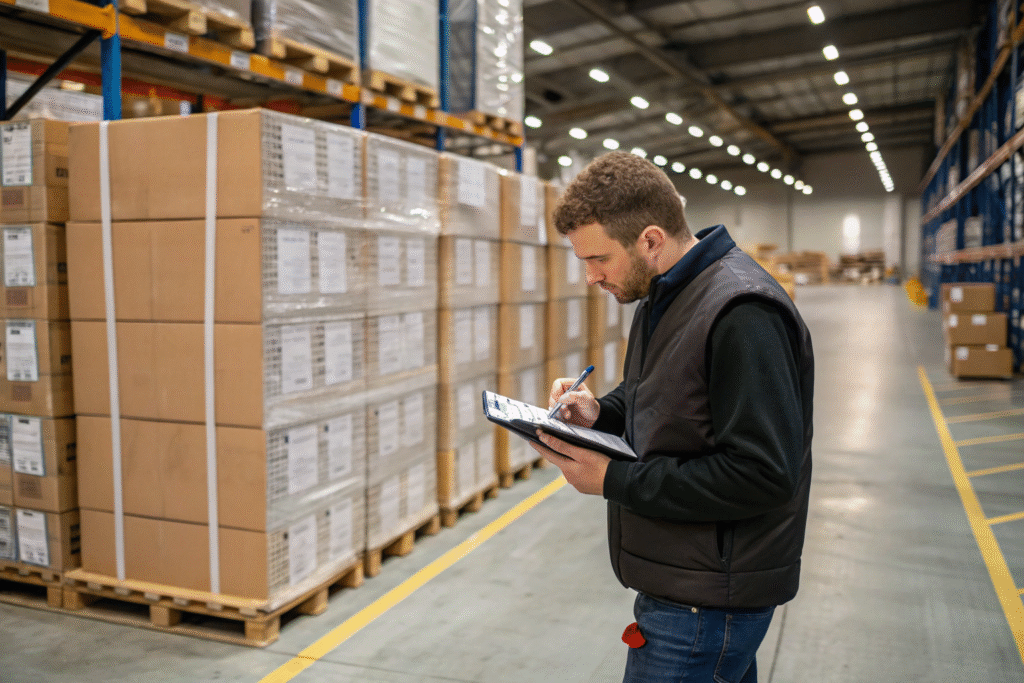
Why Is LCL Often More Expensive Per Unit?
When using Less-than-Container Load (LCL) shipping, each cubic meter is billed at a premium. Add on handling charges at both ports, and your logistics budget swells. For example, shipping 2 CBM individually could cost more than consolidating 10 CBM into one 20ft container.
Many of our clients turn to Alibaba suppliers who produce in batches. We consolidate orders from different cities in China into our Shenzhen warehouse, repackage them, and save them hundreds.
How Can You Optimize Freight with Consolidation?
When we help clients like Ron consolidate, we coordinate multiple factory pickups, merge orders at a single location, and repack for export. Using platforms like Shippo or FreightHub, we calculate the best box sizes, container utilization, and warehouse routing.
The result? Lower freight rates, higher efficiency, and smoother customs clearance.
What Are the Advantages in Customs Clearance?
Having multiple shipments pass through customs separately means higher chances of inspection, paperwork confusion, and inconsistent tariffs.
Consolidated shipments allow for centralized documentation, simplified declarations, and fewer chances of delay at customs.
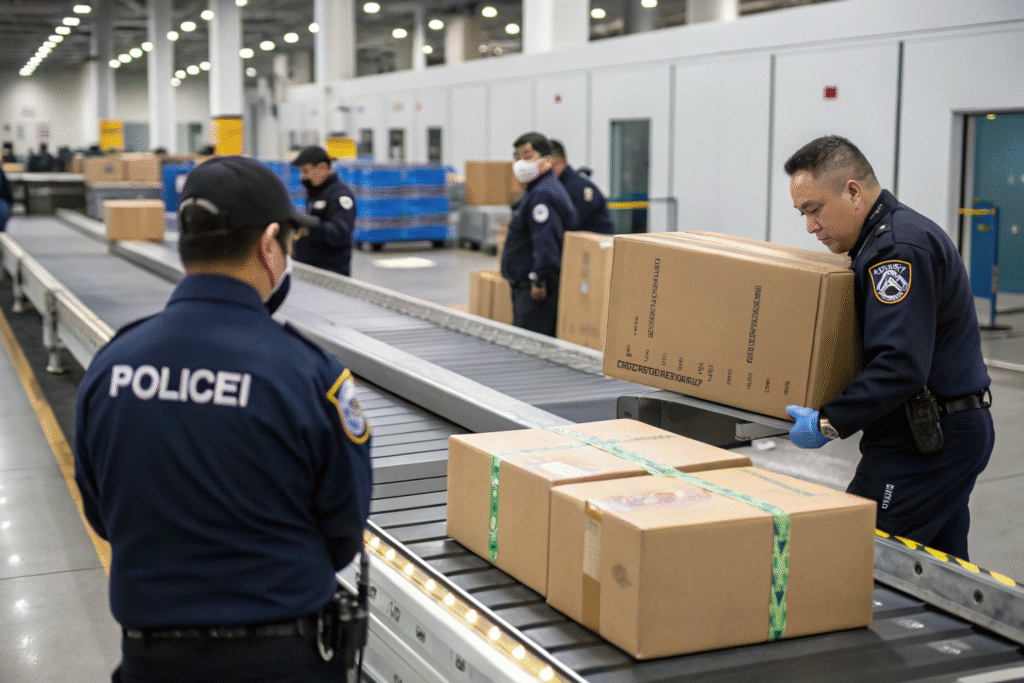
How Does Consolidation Streamline Customs Documentation?
When we file for customs, a single consolidated bill of lading means less paperwork. We also submit one commercial invoice and one packing list, drastically reducing error risks.
For clients shipping under DDP terms, we handle all the duty payments at once, helping avoid mismatches or multiple payment queues.
Are Consolidated Shipments Less Likely to Get Flagged?
Yes—especially when properly labeled and professionally documented. In our experience, shipments that are well-packed and transparently declared face far fewer customs holds. Our teams pre-clear with U.S. Customs and Border Protection and utilize ACE filing systems to move goods efficiently.
Can Consolidation Improve Inventory and Supply Chain Flow?
Beyond cost savings, consolidation leads to a more predictable and manageable inventory process.
Receiving one larger, scheduled shipment instead of multiple scattered ones reduces stock-outs, improves warehouse flow, and streamlines fulfillment operations.
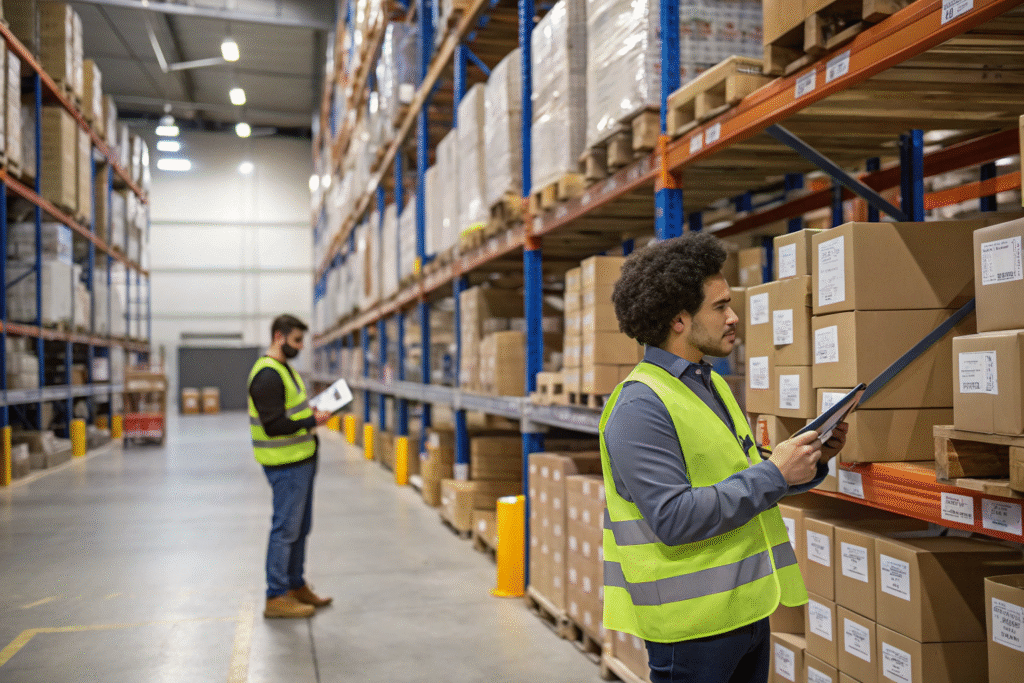
What Are the Warehouse Benefits of Bulk Delivery?
Receiving five boxes a week from five suppliers creates chaos. One shipment with all those boxes, properly labeled and sorted, reduces labor costs and unpacking time. Many of our clients integrate with ShipBob or Cin7 to sync arrivals with inventory systems.
Some even request palletized loads grouped by SKU for faster sorting during peak sales periods.
How Does Consolidation Prevent Delays in Fulfillment?
When parts of an order arrive at different times, fulfillment gets messy. With our consolidation service, Ron’s entire order from different factories is timed to arrive at once. That allows his U.S. warehouse to pick, pack, and ship orders more reliably. We also use AfterShip to track deliveries and sync with 3PL providers.
How Do Freight Forwarders Coordinate Efficient Consolidation?
Coordinating shipments from several suppliers isn’t easy. It requires planning, visibility, and strict scheduling.
Freight forwarders manage pickups, warehouse consolidation, export preparation, and full documentation under one roof, ensuring smooth execution.
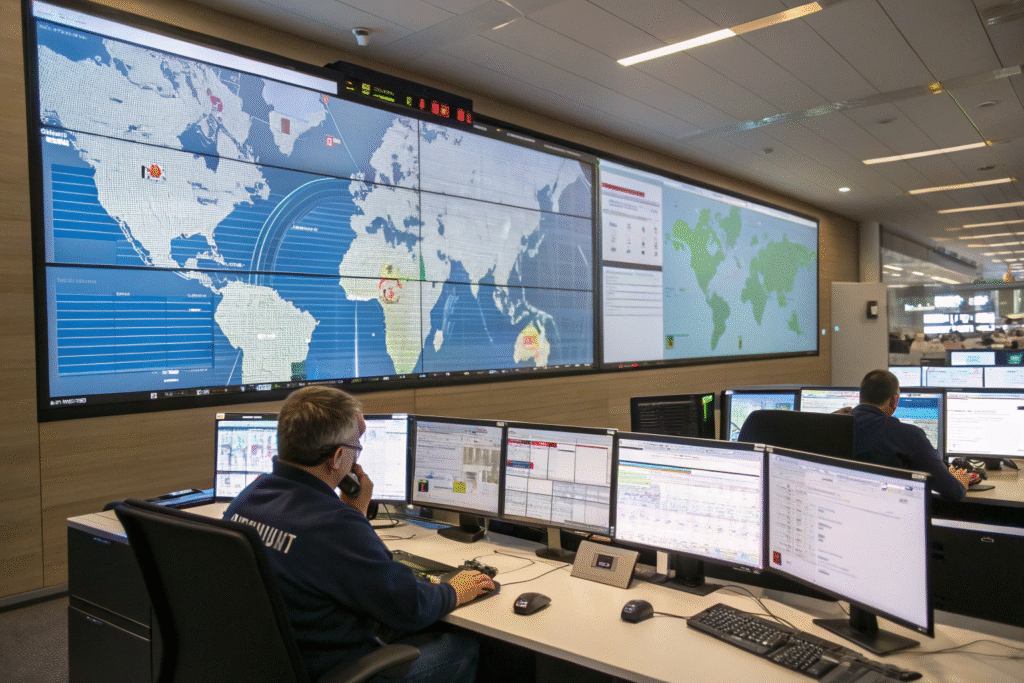
What Are the Steps in the Consolidation Process?
Here’s how we do it at GeeseCargo:
| Step | Task |
|---|---|
| 1 | Collect shipment info from all suppliers |
| 2 | Book pickup trucks across different cities |
| 3 | Receive and group goods at our consolidation hub |
| 4 | Inspect, relabel, and repackage as needed |
| 5 | Generate export documents and customs clearance paperwork |
| 6 | Load into a single container and book the sailing |
We use Fretron for end-to-end logistics visibility and WMS software to manage inbound and outbound flow.
How Are Timelines Synchronized?
Timing is everything. We give suppliers deadlines, buffer dates, and collection slots. If one supplier delays, we alert everyone and shift the container booking as needed. Our system also includes Slack channel integration for real-time updates with your sourcing and warehouse teams.
Conclusion
If you're sourcing from multiple factories in China, consolidated shipments aren’t just convenient—they’re a strategic edge. You’ll reduce costs, simplify customs, speed up warehouse operations, and improve reliability across your entire supply chain.
At GeeseCargo, we specialize in helping U.S. and European buyers like Ron take full advantage of consolidation. From coordinating pickups to booking containers, we handle every piece so you don’t have to.
Let us show you how a smarter shipping strategy starts with consolidating the right way—from the factory floor to your warehouse door.
